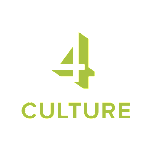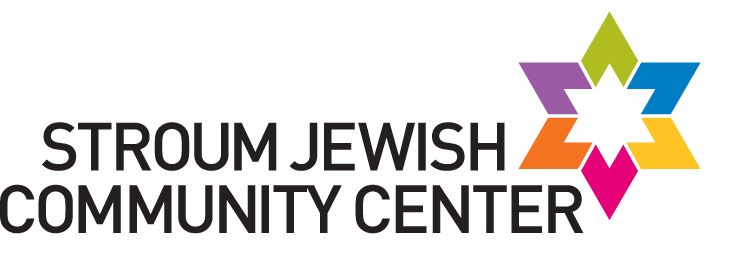Unlocking the Voices of our Community
Hear O'Washington is a new multi-year initiative launched in 2020
Learn about Jewish life in Washington state past and present preserved through recorded Oral Histories.
Featured podcast: Ladino Refranes
There are many ways to capture voices in the digital age. We have extended beyond the traditional oral history to feature voices from the Seattle Sephardic Network grappling with idioms, insults and dirty words in the Ladino language, once spoken by over 500,000 Jews.
Click here to access the new and innovative podcast!
Featured Video: Interview with Miri Cypers, Regional Director of the ADL
Shema: Hear O'Washington Event Video
Volunteer with the Hear O'Washington Committee
The Hear O'Washington Committee Chair is Jeremy Ehrlich.
Submitting your story is different than the HO'W initiative that features larger and more extensive interviews. Submitting your story to a specific exhibit ensures your important story and experience is preserved in the context of a larger digital exhibit.
Learn about the Archives & the Oral History collection
Our latest podcast takes a deep dive into the Washington State Jewish Archives, featuring interviews with some of our region's most legendary figures, including executives from the Seahawks and Supersonics, the founder of Costco, and the longtime leader of the Seattle Symphony, Gerard Schwarz.
Listen to this podcast at this link.
Funding for Shema: Hear O'Washington is made possible by all of our generous sponsors and, in part, by a grant from the Jewish Federation of Greater Seattle and by Humanities Washington and the National Endowment for the Humanities (NEH) as part of the Coronavirus Aid, Relief and Economic Security (CARES) Act economic stabilization plan of 2020
Washington State Jewish Historical Society is dedicated to discovering, preserving, and disseminating the history of the Jews of Washington state and promotes interest in and knowledge of the life, history, and culture of the Jewish people and communities through publications, exhibits, displays, speakers, tours, and performance.








